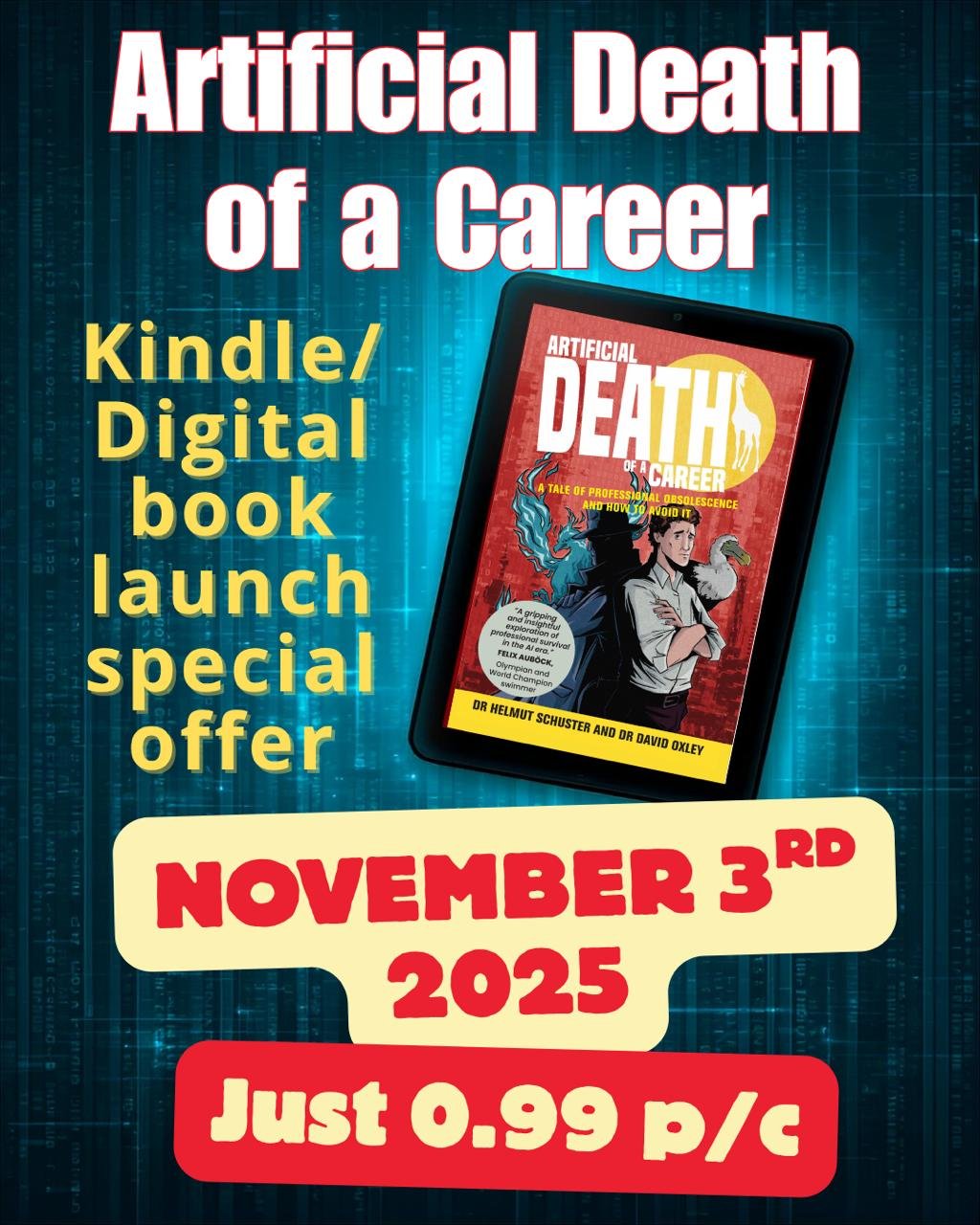Conflict is an inevitable part of human interactions, whether in personal or professional settings. However, the way we approach and resolve conflict can make all the difference between building stronger relationships or creating further divisions. A successful approach to conflict resolution involves more than just winning an argument—it requires understanding, empathy, and a focus on solutions. The following insightful strategies can help shift the dynamic of conflict from confrontation to collaboration, ensuring a more positive and productive outcome.
1. Shift from “Me vs. You” to “Us vs. the Problem”
– Instead of focusing on who’s right or wrong, try to understand the core issue. What’s actually causing the disagreement?
Focusing on the core issue helps remove personal biases from the conversation. It’s easy to get caught up in being “right,” but understanding the root of the problem allows both parties to work toward a shared goal. This shift can transform the conflict into a more productive dialogue.
– This helps to depersonalize the conflict and encourages collaboration.
By treating the conflict as a mutual problem rather than a personal attack, you create a space for collaboration. Both parties feel less defensive and more willing to participate in finding solutions. It emphasizes teamwork rather than opposition.
2. Active Listening and Empathy

– Really listen to what the other person is saying. Try to see things from their perspective, even if you don’t agree.
Active listening is more than just hearing words—it involves fully understanding and appreciating the speaker’s perspective. Even if you don’t agree, acknowledging their point of view fosters respect and makes them more open to hearing yours.
– This shows respect and helps you understand their concerns, making it easier to find common ground.
Respect is crucial for resolving any conflict. When you show someone that you value their thoughts and concerns, it becomes easier to find common ground. By doing so, you increase the chances of resolving the conflict in a positive way.
3. “I” Statements and Owning Your Part
– Instead of blaming (‘You always…’), use ‘I’ statements to express your feelings (‘I feel frustrated when…’).
Blaming the other party only escalates the conflict. Using “I” statements personalizes your feelings without assigning guilt. It opens the door to constructive conversation without making the other person feel attacked.
– Be willing to acknowledge your own role in the conflict, even if it’s small. This can help de-escalate tension.
Taking responsibility for your actions, no matter how small, helps to de-escalate tension. It shows maturity and willingness to resolve the conflict, which encourages the other party to reflect on their own behavior.
4. Focus on Solutions, Not Blame
– Once you understand the problem and each other’s perspectives, brainstorm solutions together.
After both parties have fully expressed their concerns, it’s time to work on solutions. Collaborative brainstorming fosters creativity and ensures that both perspectives are considered. The focus shifts from the problem to the potential resolutions.
– Be open to compromise and look for win-win outcomes where possible.
Compromise is key to resolving any conflict. A win-win outcome ensures that both parties feel satisfied with the resolution. Being open to compromise also shows flexibility and a genuine desire to find a solution.
5. Know When to Step Away

– If things get too heated, it’s okay to take a break and come back to the conversation later when everyone is calmer.
When emotions run high, constructive dialogue becomes difficult. Taking a break allows both parties to cool off and return to the conversation with a clear head. This simple action can prevent unnecessary escalation and help reset the tone of the discussion.
– Important Note: While accepting responsibility, even if the mistake wasn’t entirely yours, can be a powerful de-escalation technique, it’s important to set boundaries. If you’re constantly taking the blame for things you didn’t do, it can be detrimental in the long run.
In conclusion, conflict resolution is not about proving who’s right, but about finding common ground and working collaboratively toward a solution. By shifting the focus from blame to understanding and solutions, you not only resolve conflicts more effectively but also strengthen relationships. Whether at work or in personal life, approaching conflicts with empathy, active listening, and a solution-oriented mindset can turn potential disputes into opportunities for growth and connection.

Read Also : Imagination in a Disrupted Age: Navigating the Future with Curiosity and Empathy












